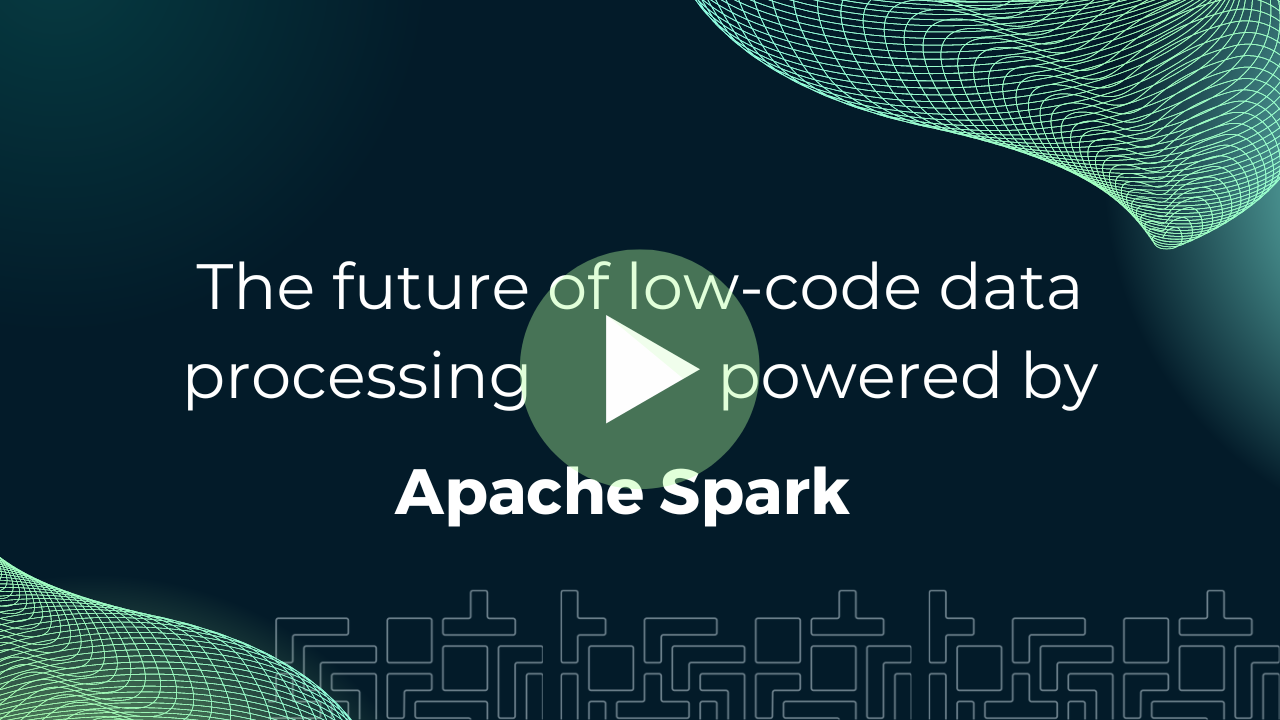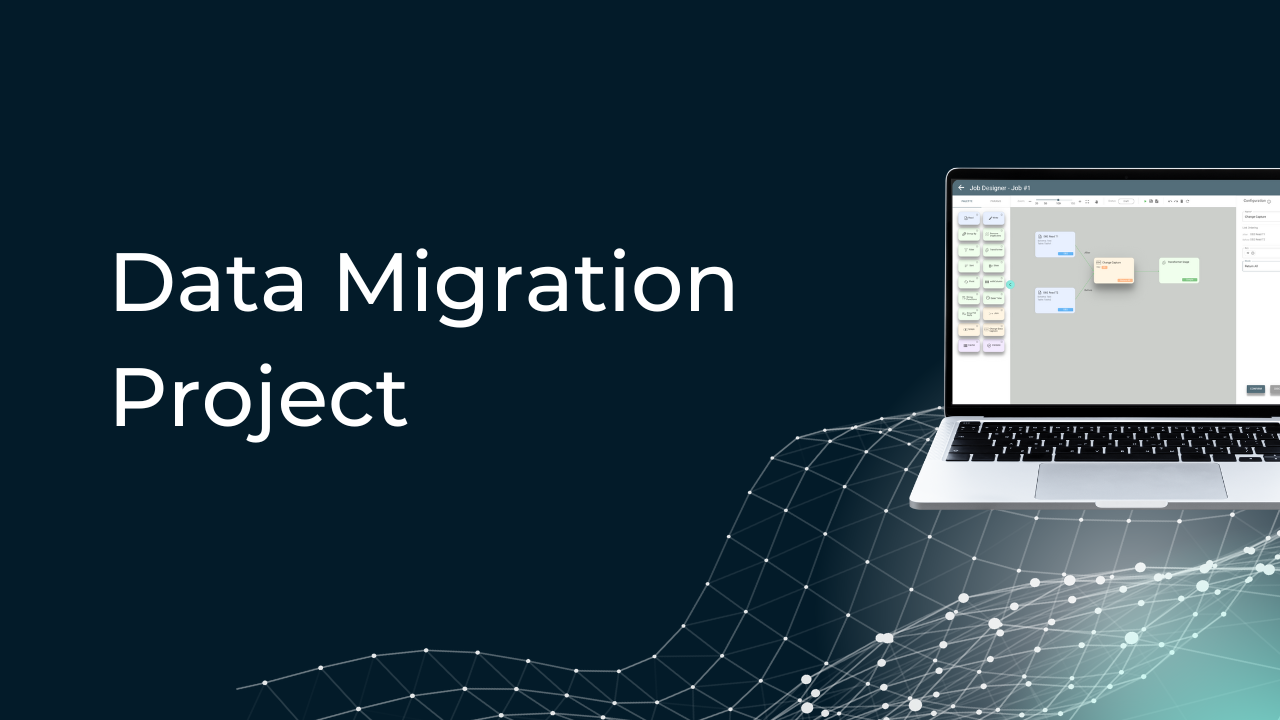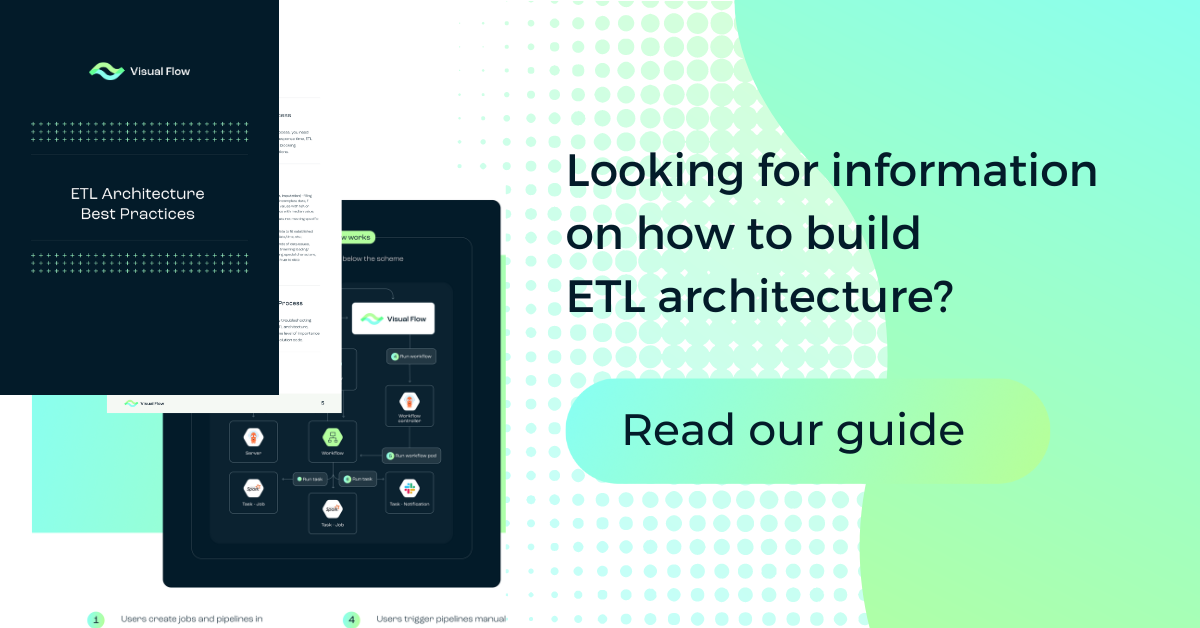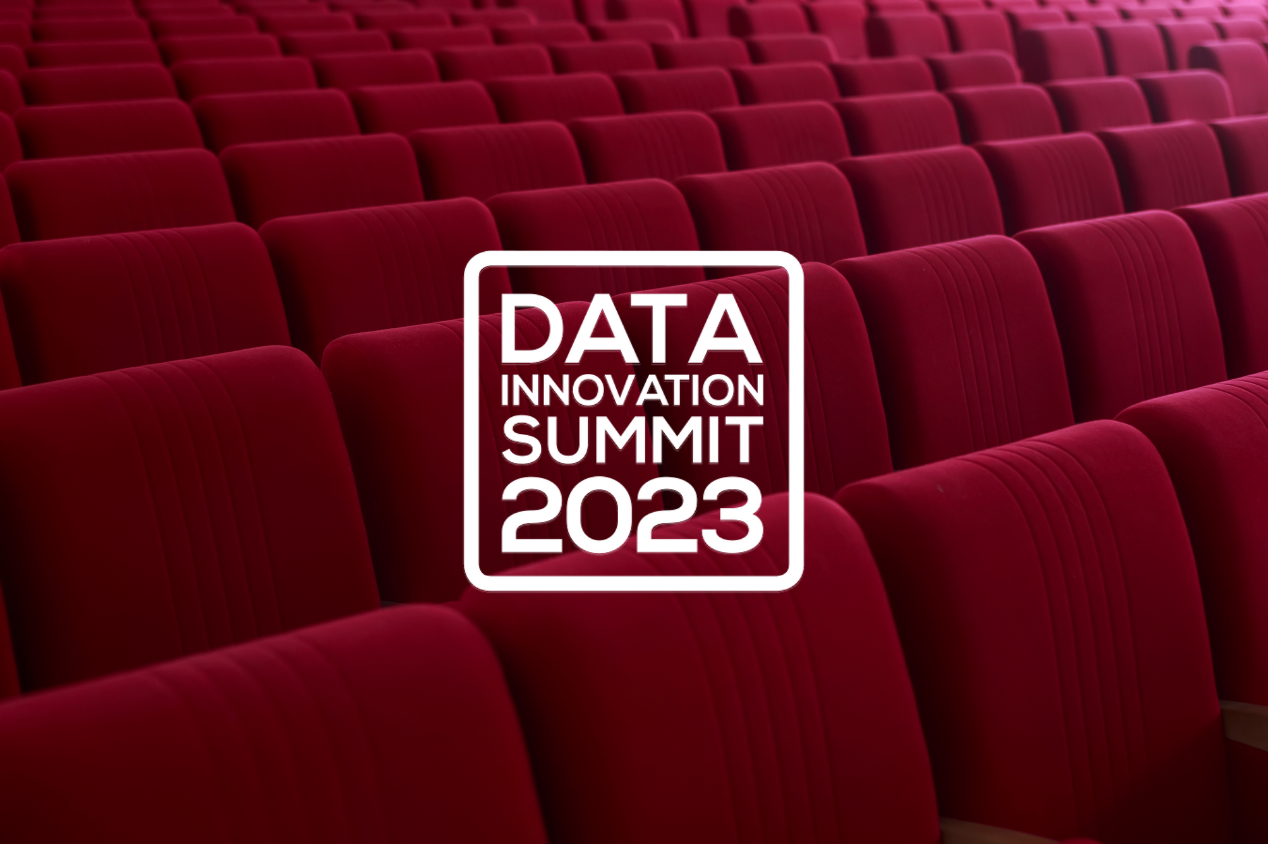Table of Content:
Table of Content:


In a cloud data warehouse or data lake, data integration is all the many methods to combine and centralize corporate data for diverse uses. Covering its concept, methods, advantages, difficulties, use cases, and best practices, this article provides a full reference on data integration.
What is Data Integration?
Connecting to many various sources of corporate data, extracting that data, and putting it in an appropriate location — such as a data lake or integrated data warehouse — is known as the data integration definition. Here’s how data integration works. Often using transformation tools to guarantee the data arrives consistently, data engineers may oversee their own data integration, meticulously constructing data pipelines linking data sources to destinations. Other companies could take advantage of low-code data integration systems that let everyone access and use the many data sources every company has.
The data is ready for consumption by business intelligence (BI) systems once it has arrived at its destination. These will select certain numbers for reports and spreadsheets or comb data for trends and insights. Many contemporary BI systems can operate with both structured and unstructured data — correspondingly, data saved in many forms in no particular order and data in a coherent, consistent, understandable way. Although data lakes are the perfect place for unstructured data, data warehouses are more prevalent as they allow businesses to analyze data consistently.
Types of Data Integration
There are several types of data integration methods that you may use as part of your data management process. How well you can get actionable insights from your company’s data is dependent on the data collation and transformation type you use. You may automate each of these steps or use low-code tools hosted on the cloud.

Manual Data Integration
It may be required to manually integrate data in some instances. This means that people will need to extract, convert, and import data from several sources. Although this approach requires resources, for smaller-scale integration projects it may be very successful.
You could, for instance, have to gather consumer information from a range of sources, including social media postings, customer surveys, and online forms. Although manually combining this data takes time, if the data isn’t organized correctly, this could be the only choice.
When dealing with complicated or sensitive data, organizations often resort to manual integration. Common applications include compliance, fraud detection, and consumer segmentation.

Middleware-Based Integration
Middleware solutions serve as middlemen enabling data exchange and transformation between different systems. For complicated integration situations, they are necessary as they provide flawless data interchange and translation.
Consider two systems that store customer data differently; one may use XML format while the other requires JSON format. Using middleware data integration allows you to quickly convert between many formats without having to personally write the change process.
Features like automatic processing, real-time synchronization, and assured data transfer between the two systems are further benefits of middleware solutions.
Middleware data integration also enables complex integration situations, including system-to-system interface and enterprise application integration (EAI), for organizations.

Application-Based Integration
An application integration builds connections between two or more apps so they may interact.
The connection removes data silos and boosts productivity throughout the company by uniting the processes of the applications and real-time data merging. Companies may also link cloud-based and SaaS apps to on-site and legacy systems so staff members may access newer tools and technologies using current systems.
ETL (Extract, Transform, Load)
Specifically, the ETL definition means extract, transform, and load. In every case of data integration, extraction comes first. It implies pulling data from all the sources you’ve linked using some kind of digital technology.
After the ETL procedure is complete, the data is transformed. Before putting the data into your integrated data warehouse, ETL technologies help it to remain in a coherent shape. It’s the same as double-checking that you’ve properly labeled and packed each box containing your possessions before relocating to a new house. You only have to arrange the boxes once they come.

Data Virtualization
Data virtualization is a technique for integrating data into a data management architecture, such as a data hub, data mesh, or data fabric architecture. It is generally used for inquiries against a wide range of data sources, as well as the federation of query results into virtual data views for consumption by applications, query/reporting tools, message-oriented middleware, or other data management infrastructure components. To make querying logic simpler, the virtual views — which may be cached in memory — offer an abstraction layer over the actual data implementation.
Data virtualization is a uniform, semantic data layer that allows centralized data governance and data masking (by means of data masking technologies) while integrating corporate data across many platforms.

Benefits of Data Integration
Data integration must be a component of your data management system if only to guarantee the quality of the data you are working with is enough. Still, what is the “why” behind data integration? Why do so many companies find it so naturally included in data management?
Enhancement of Business Processes
From big decisions to running frequent reports, everything runs more efficiently when you are dealing with complete information. Access to your company data may assist in simplifying certain corporate operations. This might cover your interactions with colleagues. Gathering relevant information before communicating with a third-party logistics provider (3PL) will help you resolve issues more effectively. Saying they failed delivery on 17% of events shows you are dealing with facts rather than emotions. Your partner then needs to react with a plan to either leave you with the option to switch providers or help remedy this. In any case, encounters become less tense, and corporate processes start to flow much more naturally.

Saving Space and Cutting Business Expenses
Saving money and space is one of the most popular uses for data integration tools. On-premises tools and data storage solutions leave a large footprint. SaaS vendors eliminate the need for on-site data engineers. Since the resources are at least partly controlled online or at the provider’s end, switching to a SaaS data integration solution usually eliminates the lag or delay connected with many traditional systems.
Preventing and Eliminating Data Silos
Data silos are collections of data solely available to certain company members or, in extreme circumstances, not at all accessible. When access to business-critical information is delayed, these silos result in financial losses. These delays might be the difference between a happy client and a lost lead, or a partner who promotes you to other companies and one who complains about you online. Effective data integration management is breaking down data silos and guaranteeing their non-formation.

Improved Data Control
If you’re in charge of a company-wide data integration project, you can use sophisticated analytics and reap a variety of quantitative advantages. However, it also means you may refine and enhance your data governance plan as a whole. Once you have broken down data silos and enhanced connections all over your company, data access is simpler to control and restrict. Accurate data allows you to rapidly identify areas of weakness in your data governance rules and determine what has to be done to close them. If your data is improved, you won’t have to waste time going into several systems to see who accessed what and why; instead, you can focus on improved data management.
Also, securing data pooled in one area is much simpler than protecting several storage sites. Modern data integration systems let you protect company-wide data in many ways, including access restrictions, sophisticated encryption and authentication techniques, etc.
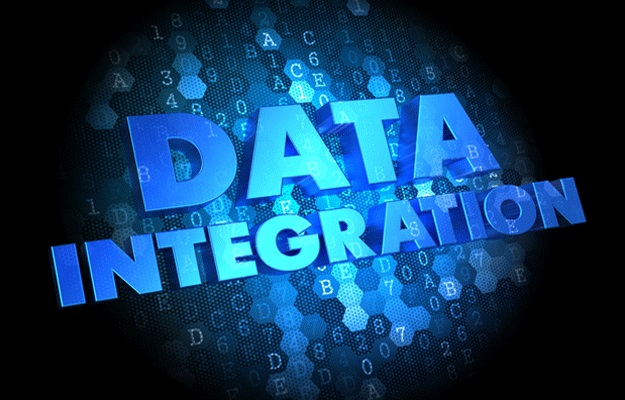
Popular Data Integration Tools
Considering the info above, we have compiled a list of the most popular data integration tools and platforms:
Visual Flow
Visual Flow is an open-source ETL/low-code tool that uses a drag-and-drop interface to power its underlying infrastructure, which includes Apache Spark, Kubernetes, and Argo Workflows. Confirmed by 50+ international quality certifications and honors, we are leaders in technical excellence derived from 30+ years of IBA Group expertise. Who is it for? Companies that want to simplify their handling of ETL/ELT processes so that data becomes actual value.

AWS AppSync
The managed service AWS AppSync, offered by Amazon Web Services (AWS), makes it easier to create real-time apps by offering GraphQL APIs for integrating and accessing data from various sources. Use cases for AWS AppSync include chat apps, gaming apps, real-time collaboration tools, Internet of Things (IoT) apps, and any other situation where synchronization and real-time data delivery are essential. Who is it for? Developers working on real-time apps that need to synchronize and integrate data efficiently.
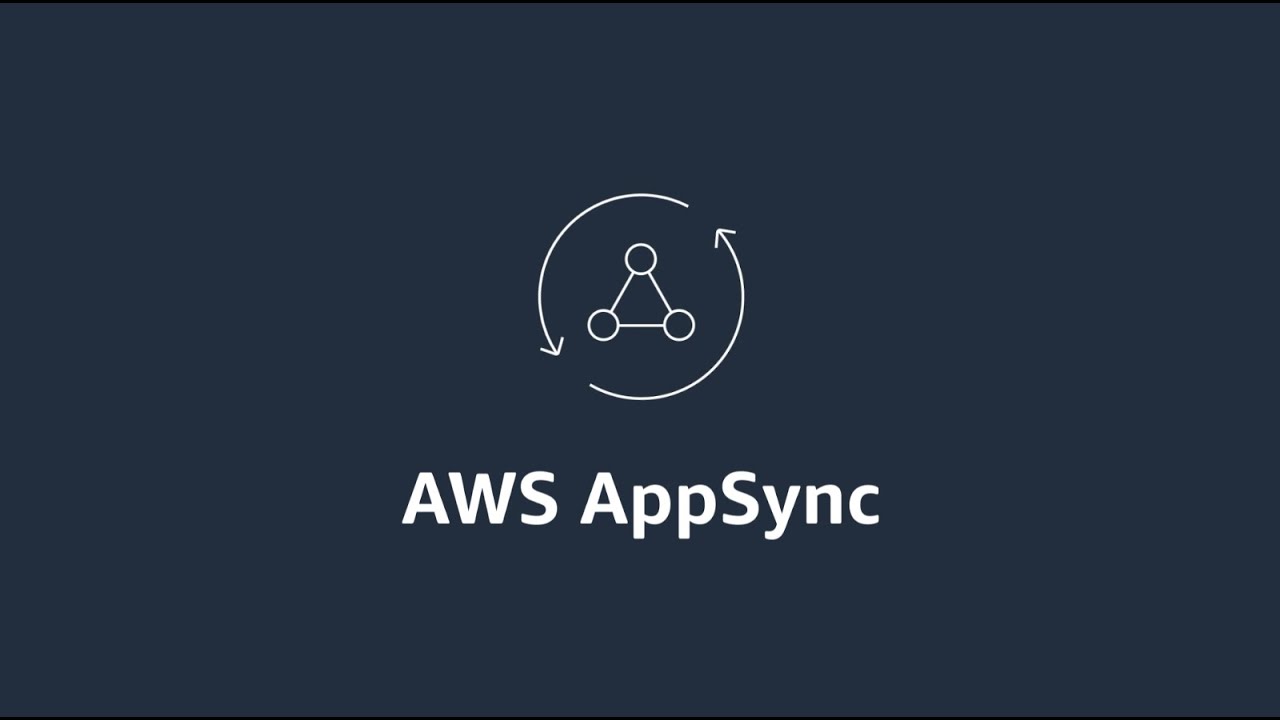
Celigo
Designed as a cloud-based integration tool, Celigo offers pre-built connectors and integration templates to link and automate data flows across many corporate systems. It provides a complete suite of application integration solutions that enable companies to automate business operations, synchronize data, and simplify their procedures. Who is it for? Small to medium-sized companies that must coordinate data across many business apps.

Dell Boomi
Dell Boomi is a cloud-based integration tool that, like Celigo, helps to link and integrate data, apps, and processes across many systems and platforms. It provides a complete set of tools and services that let companies rapidly and effectively create, implement, and oversee integrations. Who is it for? Companies with complicated IT infrastructures that use a combination of cloud-based and on-premises apps, and those that need a smooth integration of various systems and applications.
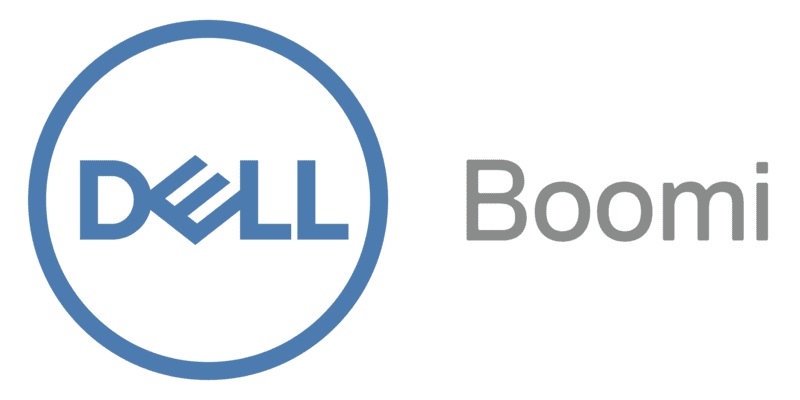
Fivetran
Aiming at automating data pipeline creation and administration, Fivetran is a cloud-based ETL tool. It feeds data into a central table or spreadsheet and offers pre-made links to many data sources. Who is it for? Teams looking for a straightforward approach to gathering information from simple data sources into a table.
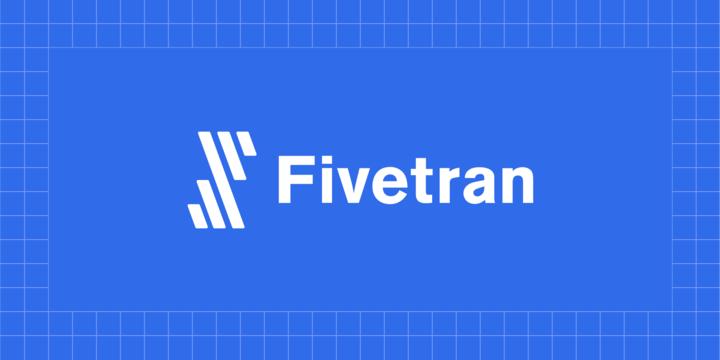
IBM
IBM provides the on-site ETL tool InfoSphere DataStage, as well as the cloud-based integration platform IBM App Connect. Both programs allow users to link various systems, applications, and data repositories.
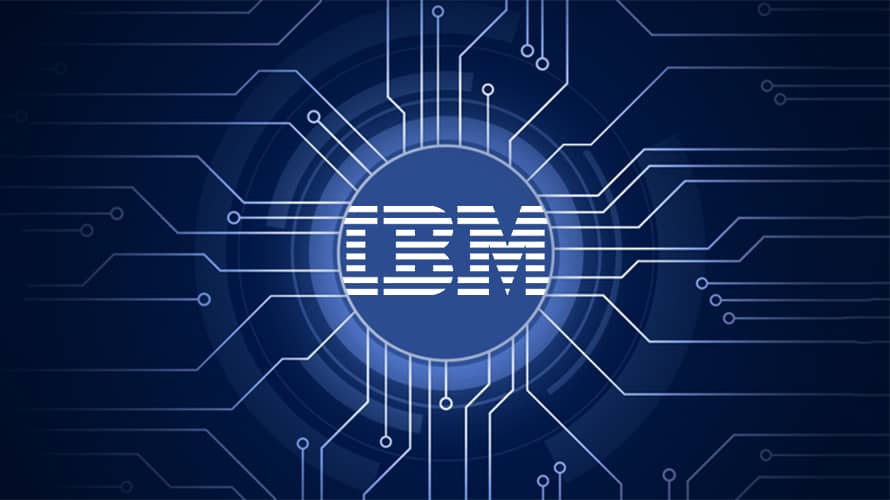
Informatica PowerCenter
It offers a full suite of features and tools for ETL processes, which include transferring data from one system to another, often a data warehouse. PowerCenter’s strength lies in its scalability, resilience, and capacity to manage intricate data integration needs. Who is it for? Industries that deal with user data, like healthcare, banking, and government, may benefit greatly from Informatica PowerCenter, a cross-vertical solution.
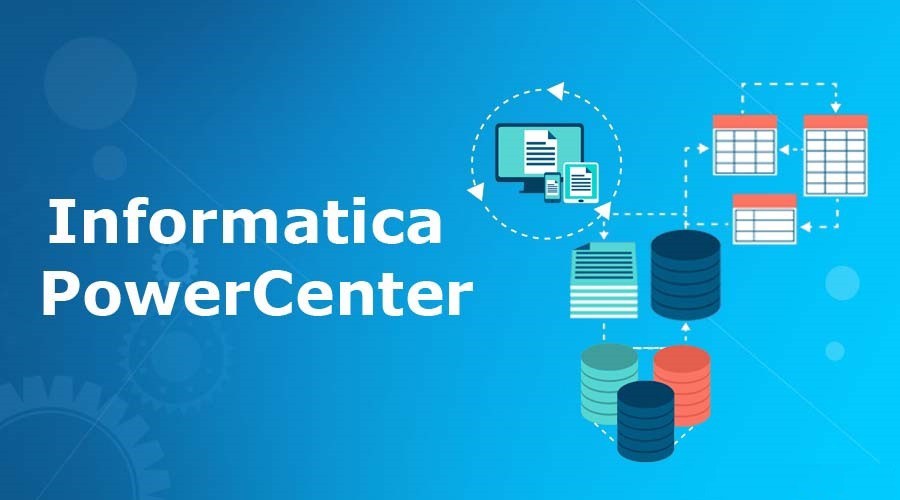
Jitterbit
Jitterbit is an IT landscape data and application integration platform that lets businesses link and integrate data, apps, and systems. For API administration, application integration, and data integration it offers a spectrum of tools and capabilities. Jitterbit fits hybrid IT systems as it supports on-site and cloud-based settings. Who is it for? Jitterbit is meant for companies needing flawless data synchronizing across many systems, databases, and applications.
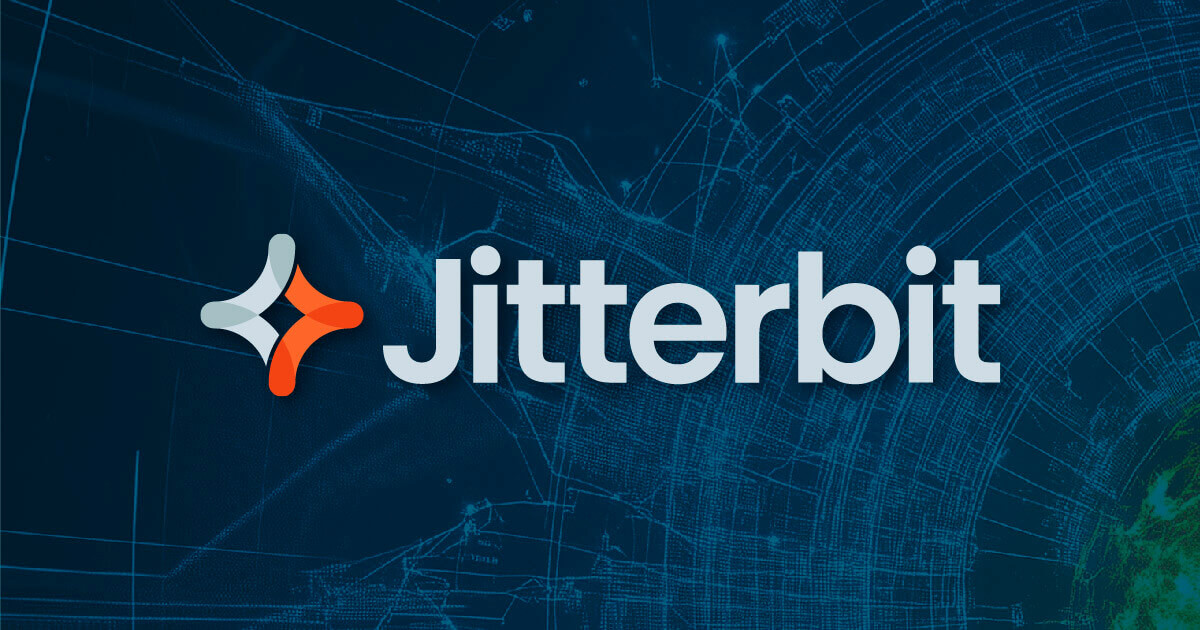
Microsoft Azure Data Factory
Microsoft Azure Data Factory (ADF) is a suite of cloud-based tools and services designed for data management, processing, and analysis under the direction of Microsoft. Who is it for? ADF is mostly meant for companies that have to coordinate and automate data flows across many sources and locations.

Oracle Data Integrator
Oracle Data Integrator (ODI) is an ETL tool and data integration platform built exclusively for Oracle databases and applications. It has the necessary functionality for data transformation, loading, and quality. Who is it for? Oracle Data Integrator is intended for medium to large companies across sectors that need a sophisticated and scalable data integration automation solution.
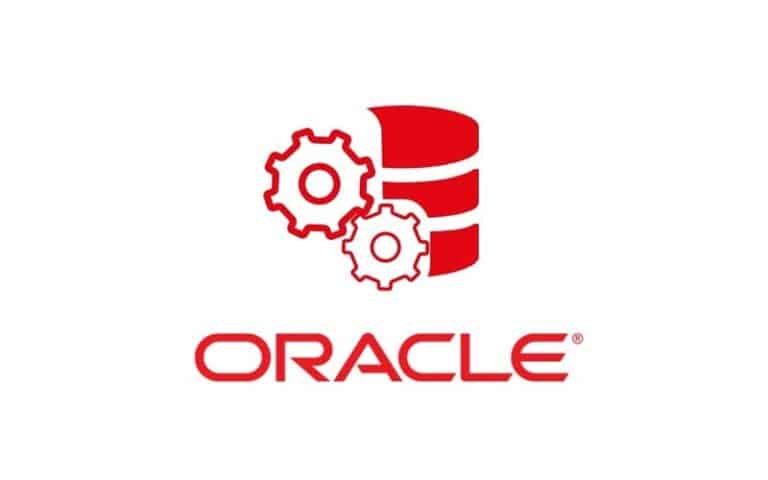
Pentaho
Great open-source ETL and data integration software, Pentaho Data Integration provides visual data integration, transformation, and loading capabilities. Although there is a commercial version available too, Pentaho, an open-source solution, fits companies ready to engage in a lot of technical skills themselves and do not need much help. Who is it for? Enterprises in need of an open-source data integration solution.
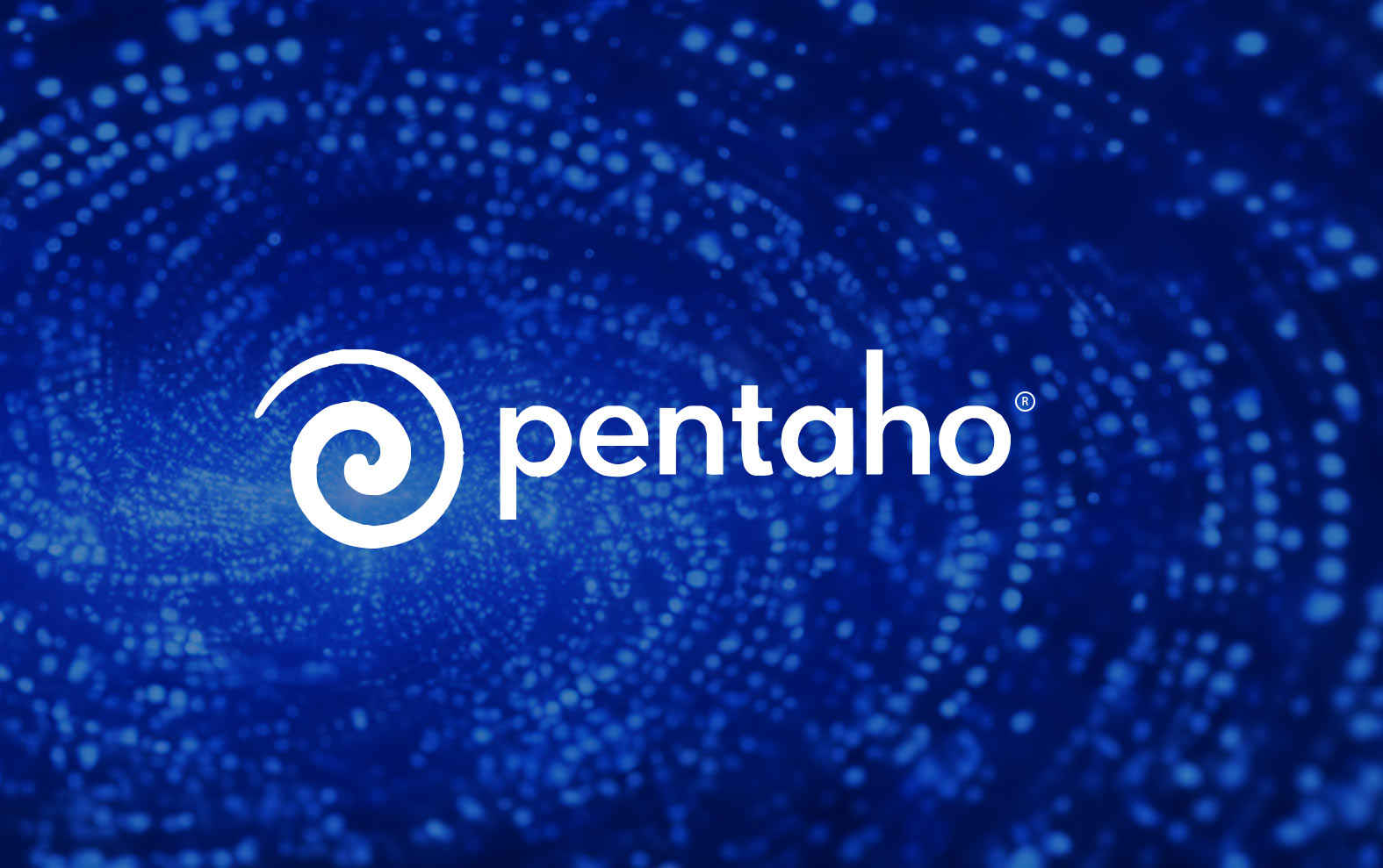
SAP Data Services
Data may be extracted, transformed, and loaded into SAP apps and other target systems using SAP Data Services, an enterprise-level data integration and ETL tool. Who is it for? Companies using SAP systems need strong data integration features.
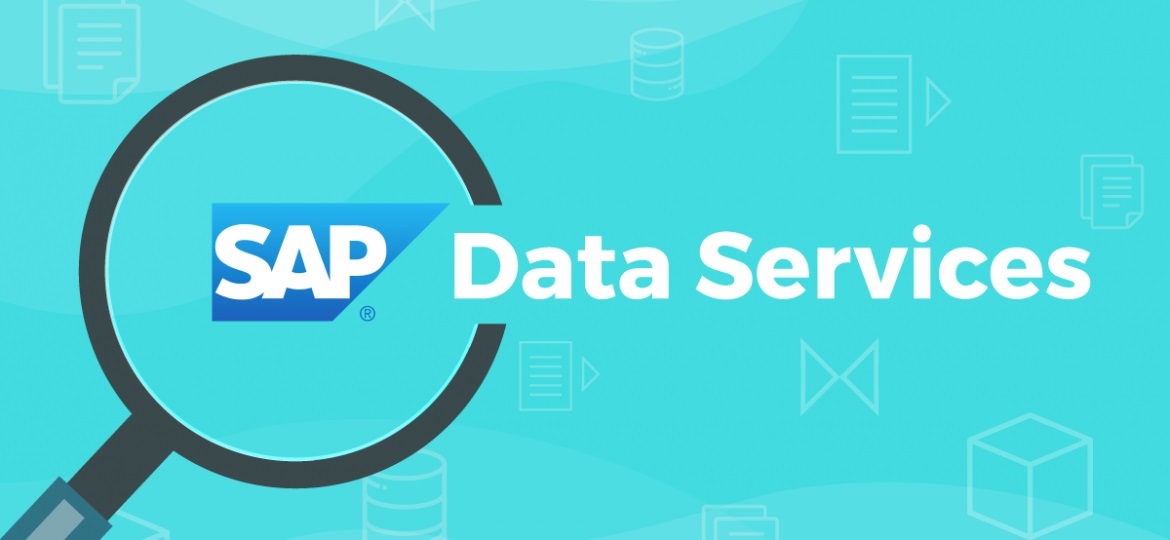
Talend
Open-source data integration and ETL tool Talend provides a whole spectrum of data integration and management features. It supports several data sources and target systems and offers a graphic interface for creating integration processes.
Any contemporary company must have easy access to correct fully integrated data, hence investing in the correct data integration software is indispensable. However, many distinct procedures fall under the umbrella of data integration. Various data integration systems may concentrate on various aspects of that process and be weighted toward addressing certain issues confronting particular teams or businesses. When deciding on a course of action, decision-makers must take into account not just their teams’ but also the company’s overall requirements.
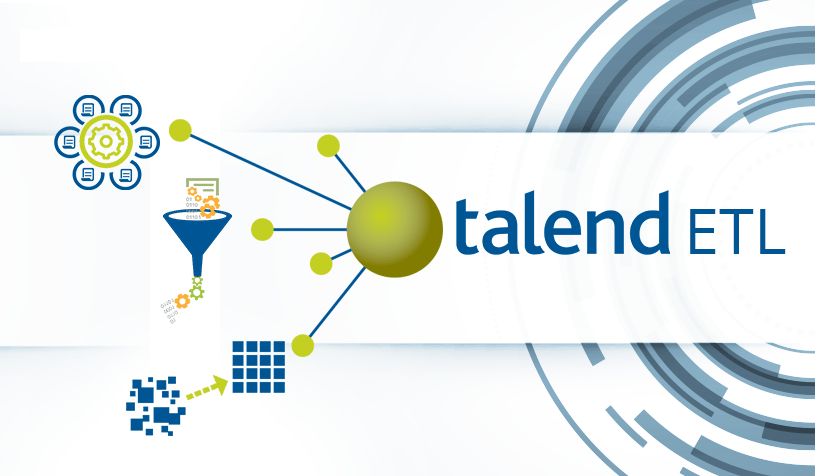
Best Practices for Data Integration
It takes more than just merging data sources and dumping them into a single repository to have a successful data integration; it also demands meticulous preparation and the use of best practices.
- Specify clear goals. Data integration often calls for sophisticated procedures, several data sources, and large resource outlays. Therefore, it is important to specify clear goals from the beginning of a data integration project. Doing so gives the whole process direction and goals. It also helps to define expectations and guarantees that the project generates real economic worth.
- Choose the correct integration strategy. From ETL to API-based integration to real-time data streaming, there are many approaches available. Choose the method most fit for your data sources and organizational goals. To find fraud in real time, for instance, a financial institution must compile information from several branches and systems. To prevent monetary losses and harm to the institution’s reputation, real-time streaming will guarantee early identification in this situation.
- Give data quality great thought. Your efforts will only pay off if the integrated data is in good shape. It’s just a basic matter of “garbage in, garbage out”. Use validation, cleaning, and data quality checks to preserve correctness and consistency.
- Make it scalable. Think about the performance criteria and scalability your company needs. Your system design should be able to manage rising loads without sacrificing performance as data quantities rise. Choose a scalable integration design able to manage data expansion free from performance constraints. This might call for cloud-based solutions, distributed systems, or scalable data warehouse technology.
- Focus on security and compliance. Install strong security systems, encryption, and access limits to guarantee data protection and adherence of your data integration documentation to relevant laws like HIPAA and GDPR. Verify that your company follows industry and legal guidelines when merging data.
You can also use Visual Flow’s data engineering and consulting services as your primary pillar. We can integrate all of your e-commerce data from various sources, clean it up, and then transfer it to whatever location you want.

Use Cases for Data Integration
Let us look at some industries in which data integration helps companies grow.
E-commerce
A successful e-commerce integration strategy across your data management systems is strongly linked to the growth and profitability of your company’s operation. Since e-commerce data integration software removes the need for you to submit the product data many times into different systems, you may save a lot of time and money. Integration may help your company boost sales and customer conversion rates by providing better data accessibility and a smooth information flow across all channels. It also helps to lower later losses and minimizes any mistakes brought about by manual data entering.
Healthcare
In healthcare, data integration combines many data sources into one, consistent dataset. It gives medical professionals access to the most relevant and current data.
Data integration offers companies a single source of truth (SSOT) and helps to dissolve data silos. Effective decision-making throughout the company depends on accurate, reliable, and current data — qualities the SSOT demands. This integrated data has to be completely cleaned and transformed to guarantee a consistent format so that it may be used.
Healthcare systems can communicate and improve treatment with a comprehensive perspective of patient care delivery when data integration is done seamlessly.

Finance
Combining financial data from several sources — including banks, credit card companies, and accounting systems — into a single platform gives organizations a complete picture of their financial situation, including income, spending, cash flow, and debt.
Better financial reporting in the form of timely, accurate financial statements is possible when firms have access to a consolidated picture of their financial data. They may automate financial reporting operations with the aid of data integration, which saves time and reduces the chance of mistakes.
Giving finance teams real-time financial data improves financial analysis. This lets finance teams more effectively examine financial data and spot trends, patterns, and insights that would enable the company to make better financial choices.
Through access to past financial data, integration also helps companies streamline planning and budgeting. Finance teams can produce more accurate predictions and budgets, lowering the possibility of either overestimating or underestimating financial performance.

Conclusion: The Future of Data Integration
Since digital transformation is still a trend in companies, data management is starting to take the front stage. To learn about client wants and requirements and find new market tactics, businesses must examine the mountain of data that is available to them. According to a recent survey, 72% of businesses think achieving company objectives depends on data management and analysis.
Companies are now placing a premium on data integration management solutions. Many search for fresh and original approaches to enhance data quality and provide data-driven solutions. Because of this, there are now noticeable tendencies in integration solutions, including:
- Cloud computing (cloud data warehouses, metadata storage solutions, and data lakes);
- Artificial intelligence (AI) and data integration automation (using machine learning for analyzing customer preferences and speeding up data transformation tasks);
- Real-time data aggregation vs. data integration;
- Using data integration documentation for delivering excellent customer experience;
- Self-service data integration with a simple drag-and-drop, no-code interface;
- Increased focus on security and privacy;
- Integration with blockchain and other emerging tech.

For the most up-to-date integration options, the Visual Flow platform is ideal. Our straightforward processes, improved security, adherence to data governance standards, and everything you would want from contemporary data integration software define us.
Contact us
